Unity is a game engine for both 2D and 3D games, established in 2005. Created by Unity Technologies, its purpose was to make game development tools accessible to a wider range of developers, which was quite innovative at the time.
Throughout its extensive existence, the engine has undergone substantial growth and evolution, consistently adapting to incorporate the most current methods and technologies.
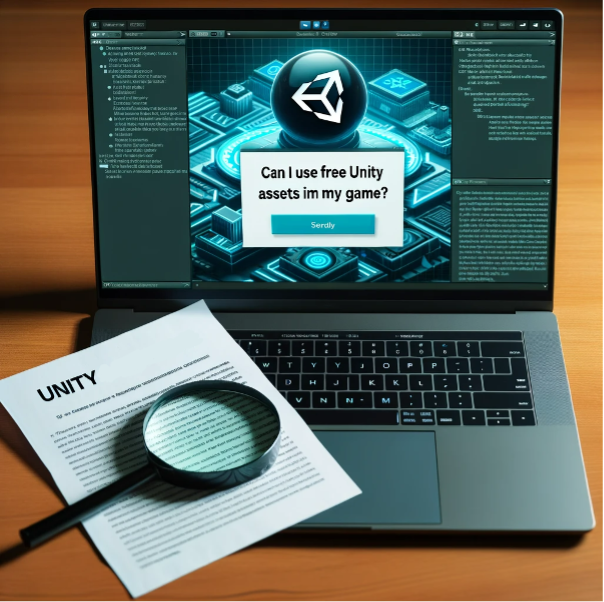
When it comes to game design assets, they are resources provided by the Unity community or the Asset Store for free use in your projects. These can include ready-made prefabs, scripts, textures, and more. It’s important to review the specific licensing terms associated with each asset, as some may have restrictions on commercial use or redistribution.
For a deeper understanding of assets and how to make the most of them, exploring specialized blogs from game art studios can offer valuable insights and tips tailored to game development enthusiasts.
If you get an asset from the Unity Asset Store, you can use it in your games and apps however you want, even for selling them. No extra fees.You can also use free assets for selling your game.
Just keep in mind that some Unity assets are commonly used, so other developers might recognize them.
![]()
Licensing Considerations for Unity Assets
If you get assets from the Unity store, you can use it in your projects, whether they’re just for you or for business. Even some free assets can be used for business, but check the rules in the Unity store agreement.
Some things in the store can only be used for personal projects, like learning materials. Unity marks them clearly. And even if you buy something for your business, it might still have some rules. Unity tells you what kind of license it has.
This is important if you’re working with a team. Everyone might need their own license.
- Single License: this means the group or company that bought it can use it. But if you hire someone from outside, they might need their own license.
- Multi License: this lets bigger groups use it, like parent and child companies. And if you hire someone for a job, they can use it too without buying their own license.
- Special License: this one is strict. Everyone who uses it needs their own license. If you have a big team, this can cost a lot.
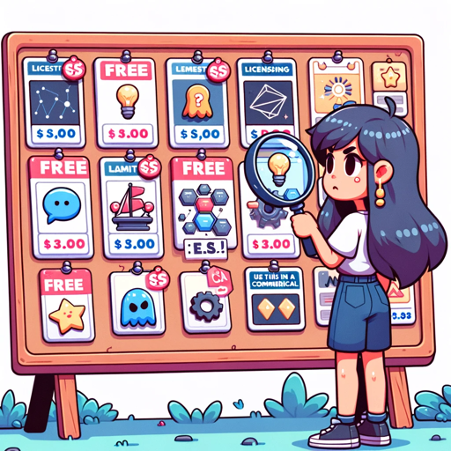
Consequences of using free assets in commercial games | Real cases
We talked about how you’re free to use the assets you get from the Asset Store as you like. But it’s important to think about the quality and uniqueness of these free assets. While they can save you money, they might not always be top-notch for a commercial game. Making sure the assets match your project’s quality standards is key to creating a polished and pro-looking final product.
Some developers got into trouble or had their reputation hurt because they didn’t follow the rules of the licenses or used low-quality assets in their commercial games. Learning from these real cases can serve as a cautionary tale for developers navigating the use of free assets in their projects.
“Mole Kart” is a game that was released for iOS in 2012. It’s like a blatant copy of the popular game “Mario Kart,” and it’s clear to anyone who plays it. Critics and fans noticed the similarities right away, and many App Store reviews mentioned that it was heavily inspired by “Mario Kart.”
In fact, they even copied entire race tracks, like Moo Moo Meadows and Mushroom Gorge, and the items, blocks, and sounds in the game were almost exactly the same as in “Mario Kart.” Nintendo noticed this and quickly had the game removed from the App Store.
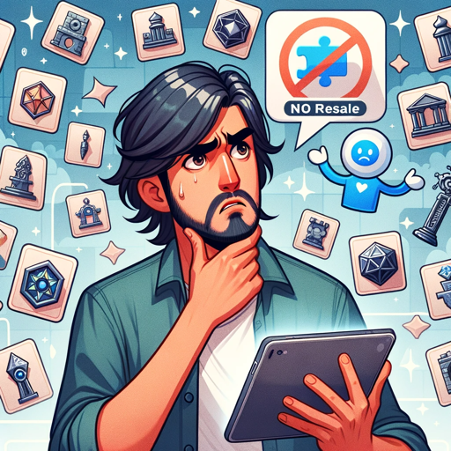
Asset Store Resale situation
With a vast volume of assets being uploaded to these platforms daily, tracking and identifying assets that are being resold is a challenging task for the platforms themselves.
Sometimes, people who make these things change them a bit and say they made it. This makes it even harder to find these cases and do something about it.
When things are sold again, it’s not good for the people who made them. It makes the things less valuable, and the prices can go down. This can hurt the people who actually с
created them.
Here are some real-life examples that illustrate the negative consequences of such a process:
- Unity Asset Store: developers have found that their own assets are being sold by other users at lower prices or even as part of larger bundles. There have been instances where individual users purchase assets during a sale and then list them for sale at higher prices afterward.
- Unreal Marketplace: sellers acquire 3D models, textures, or complete game templates and resell them without significant changes. The community often relies on user reviews and reports to identify these issues.
In addition to official asset stores, there are numerous third-party websites and forums where game assets are sold. These platforms are often less regulated, making it easier for assets to be sold without the permission of their creators. For instance, an author discovered that their character models were being sold on another website without their consent.
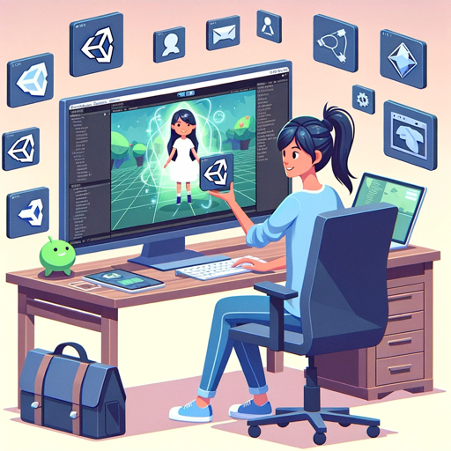
Best Practices for Incorporating Unity Assets into your Project
It doesn’t mean that incorporation of unity assets is always wrong. There are plenty of games that are art made with Unity assets. When you acquire assets from the Unity Store, you will usually receive a license agreement specifying the permissible usage of these assets. As long as you stick to the terms of the license agreement, you can incorporate the assets into your game and proceed with selling it without any complications.
Here are a few simple rules that we have developed while searching for and purchasing assets in the Unity Assets Store:
- To avoid stylistic discrepancies, it is advisable to purchase assets of the same type from the same author. This doesn’t mean you can’t buy models from one studio and particles from another, but it is important to ensure compatibility of styles.
- Avoid using assets in their original form. Often, making small changes (for example, slightly redesigning textures or restructuring particles) or using assets in non-standard ways is sufficient.
- If you plan to release the game on mobile platforms, make sure that the purchased assets are optimized for them.
Sometimes, to avoid legal issues and thinking about which asset to use and buy, combining them all together, you can use the services of an art outsource studio.
You can also use AI to generate your own assets, there are even special studios that do this, good example of such AI Game Art services is https://retrostylegames.com/outsourcing/ai-game-art/
So, you can find pretty affordable services for outsourcing games art and indie developers.
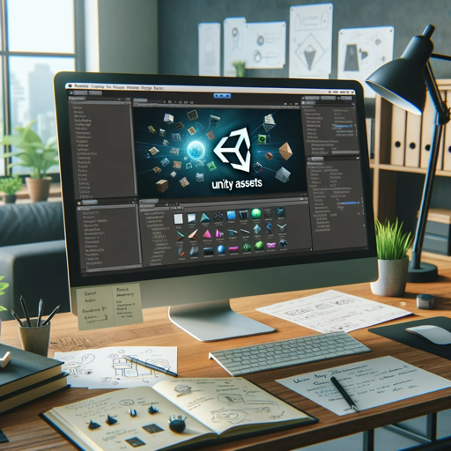
Art studios like RetroStyleGames, RocketBrushStudio, Bon Art Studio and so on can help beginners to create perfect outsource game art 3D assets.
Making the Right Choice for Your Game
Choosing the right license is super important in game development. It protects your creation and helps it succeed. It’s crucial to urge developers to be careful and knowledgeable about this. Picking the right license sets the stage for creation of the most artistic video games.
Good Examples of Using Free Unity Assets
1. “The Dangerous Life of Fred”
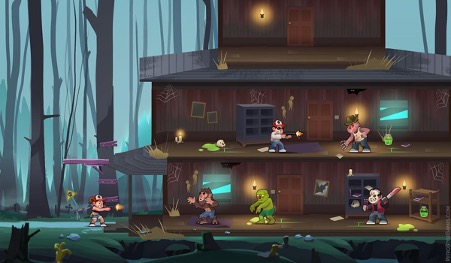
“The Dangerous Life of Fred” is an Android game developed by GameMine that offers a chilling atmosphere and intense combat scenes, perfect for those moments when you want to take on hordes of zombies.
When creating “The Dangerous Life of Fred,” the developers used some free Unity assets as a foundation, saving time and resources, and customized these assets to make the game unique. What really made a difference was their partnership with RetroStyle Games. This partnership helped them with level design, and quality assurance, allowing the main team to focus on creativity. It shows that game development often involves combining different resources and skills.
2. “The First Tree” by David Wehle

The First Tree is a third-person exploration adventure game. The game is created by the same person who made Home is Where One Starts. It’s is a game of two stories. One is about a fox searching for her family, and the other is about a young couple dealing with a sad event in their lives. You play as the fox and explore a beautiful world to understand life and maybe death. Along the way, you can find things that tell you more about the couple’s story as it connects with the fox’s journey to The First Tree.
David Wehle made use of free assets for prototyping, and even some made it to the final game. He combined them with his custom assets to create a unique atmosphere.
3. “5 Minutes Rage” by Indomitus Games

5 Minutes Rage – Hatred Edition is a multiplayer game where robot teams shoot cannons to score goals. It’s fast, with 5-minute matches for 2vs2 or 1vs1 play, online or local. It’s a mix of a party game and a shooter, easy to enjoy but also good for skill and strategy.
The game looks cool with an 80s vibe and modern graphics thanks to Unreal Engine. It’s a fast-paced multiplayer game that combines elements of sports, shooters and fighting games. Indomitus Games used free Unity assets for initial prototyping, testing gameplay mechanics, and for certain in-game visual effects.
4. “Ylands” by Bohemia Interactive
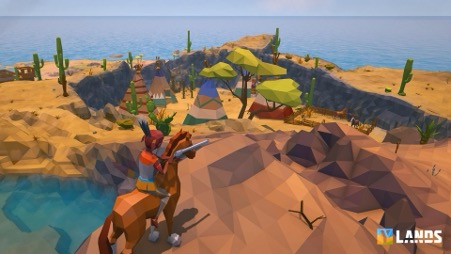
“Ylands” is a sandbox adventure game where players can explore, build, and survive on ylands (islands). In Ylands, adventurers sail to different places to gather stuff, craft things, and have adventures with animals and weather. You can play alone or with friends, and everyone gets an Adventurers Handbook.
The game is all about exploring. You can go to six different areas, find new things, and have exciting adventures. Bohemia Interactive used some free assets to augment their game, especially during the early development stages to test out various gameplay ideas.
The developers partially utilized assets from free Unity assets, but they made some modifications to add uniqueness to the project.
Is it Artistic to use free Unity Assets?
Unity free assets – is it art or not? Whether or not you think Unity’s free assets are considered art is really just a matter of personal opinion.
Some people believe that any asset made for creative projects can be seen as art, whether it’s free or not. Others say art has to be original and unique, so using ready-made assets doesn’t count.

Unity offers various free assets like 3D models, textures, animations, and more. Some of these assets are high-quality and can make your games or creative work look great.
But remember, they’re often created by hobbyists and may not be as professional as those made for commercial use.
In the end, whether you call Unity’s free assets art is totally up to you. There’s no right or wrong answer. If you use them in your projects and like the results, that’s what matters most.
We encourage readers to appreciate art in the context of video games, particularly by examining it through insights from those who create these games. Such insights can provide a deeper understanding of the game development process, revealing the artistic aspects, the creative work involved, and the specific nature of each piece.